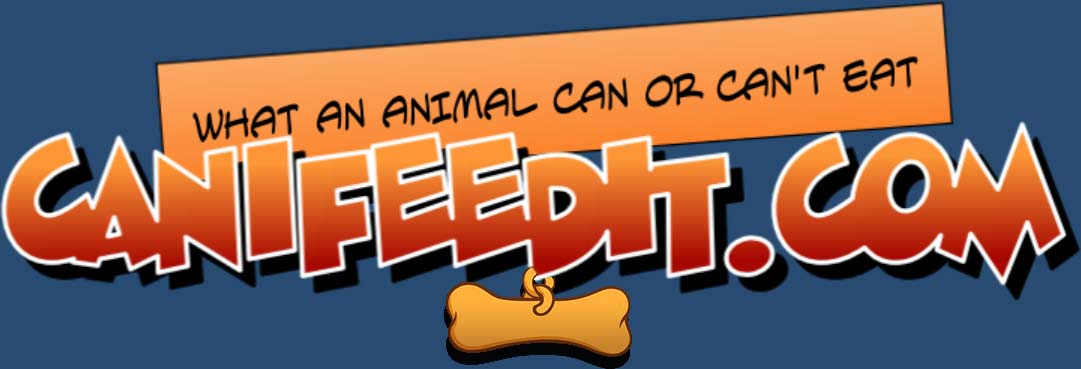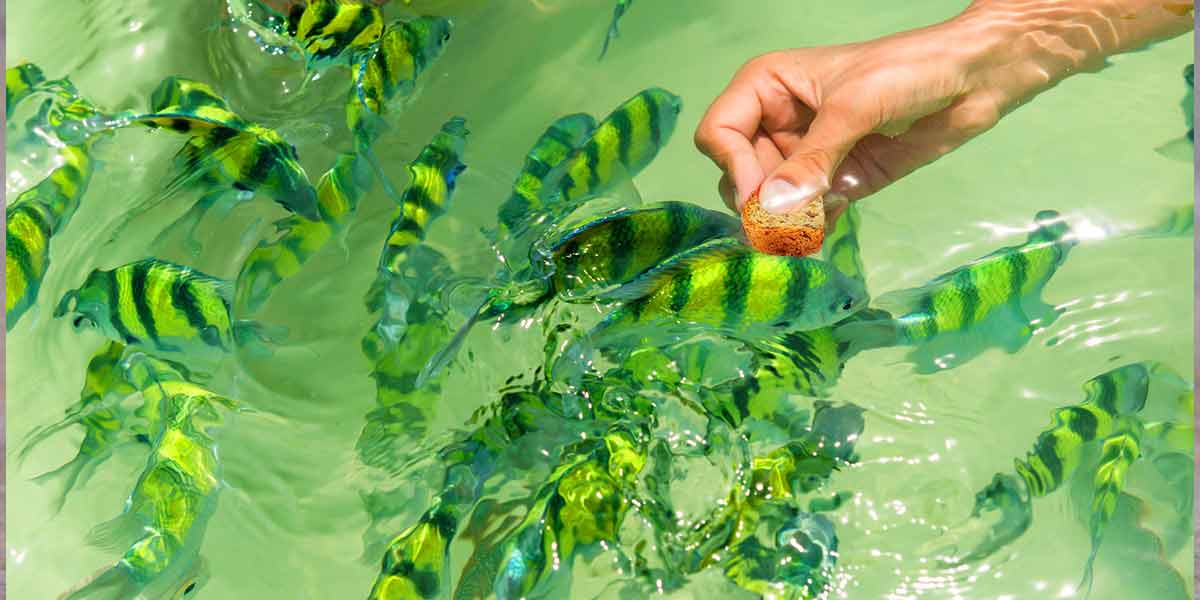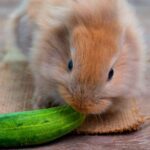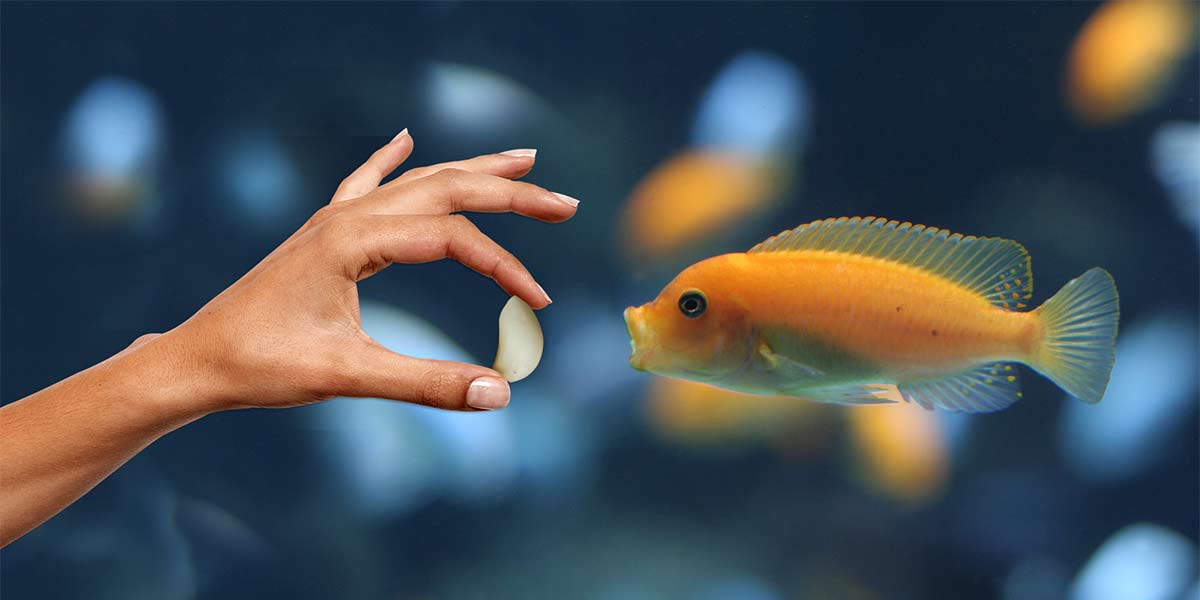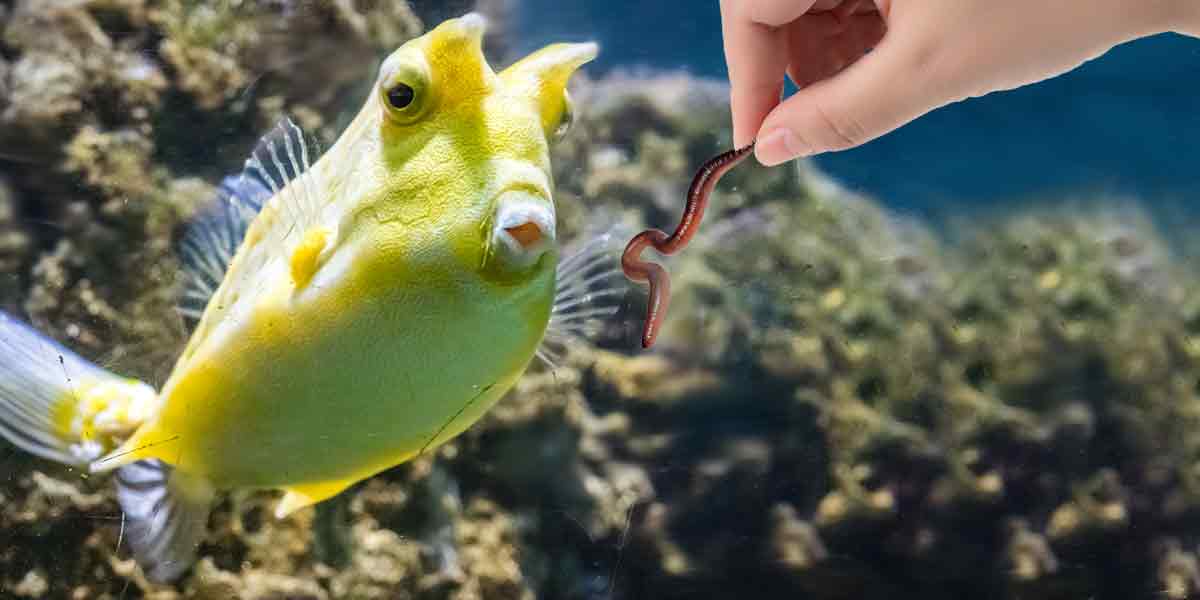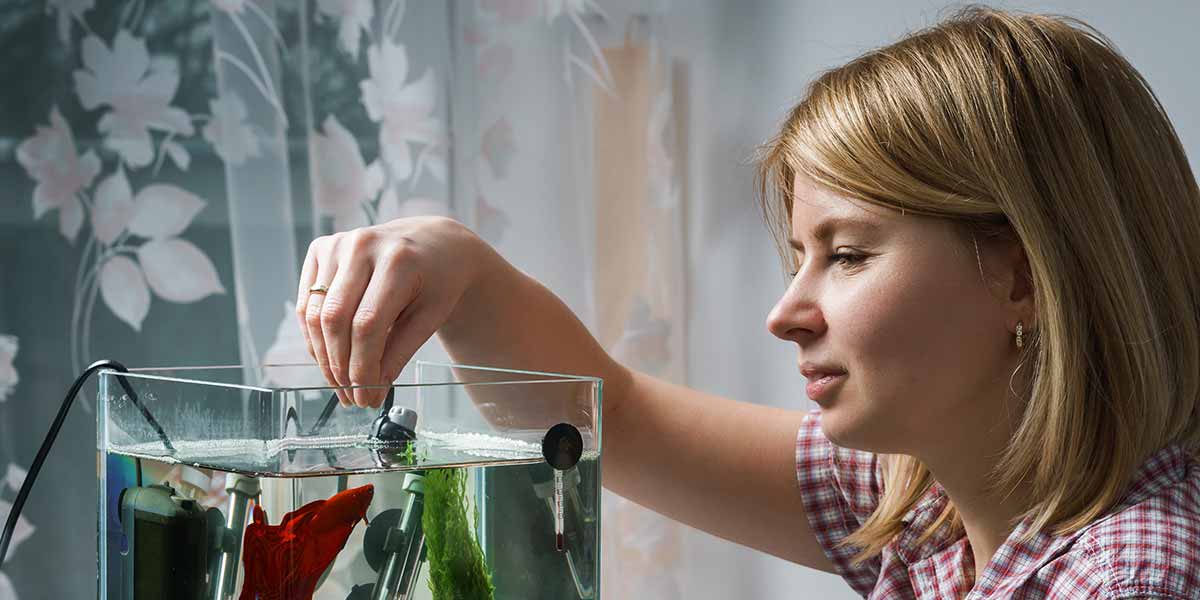Can I feed my fish bread? Most fish can eat bread, but there are a few exceptions. In this blog post, we will explore whether or not fish should eat bread and give you a few tips on how to feed properly your fish.
Avoid feeding your fish bread – bread is high in carbohydrates, which can cause digestive issues for your fish
Bread is high in carbohydrates, which can cause digestive issues for your fish. Ingesting too much bread can cause constipation, gas, and bloating.
As an affiliate, we earn from qualifying purchases. We get commissions for purchases made through links in this website’s posts from Amazon and other third parties.
Bread can also make your fish less healthy because it lacks essential nutrients. Bread lacks much protein, fiber, and healthy fats. This lack of essential nutrients can cause your fish to become lethargic and less likely to survive.
Risks of feeding fish bread: Beware of overfeeding
Bread is a staple diet of many people, but did you know that it can make your fish sick and cause some serious side effects? Bread is high a carbohydrate food that increases the level of glucose in the fish’s body.
The bread makes fish fat, and the fat fish are prone to diseases.
The bread contains gluten in them and it has been known to harm your fish if fed for a prolonged period.
Bread also contains yeast which is toxic to fish.
Bread also contains lactose and this can cause diarrhea in some fishes.
Fishes that eat bread tend to eat less and this affects their growth and metabolism.
Feeding bread to your fish in the form of flakes is proven that the fish grows faster, but this growth comes with a serious con. The fish gets fat and acquire diseases.
The fishes that eat bread tend to lose their bright color and get flaky scales.
Eating bread for a prolonged period can affect the fish’s immune system and they fall prey to bacterial and viral infections.
The fish that are fed bread do not eat live foods and this affects their immune system and health.
The fishes that eat bread tend to be too lazy to eat live foods like bloodworms and brine shrimp. This deteriorates their health.
You should avoid feeding bread to your fish.
Can I feed my fish bread? Watch the next video to learn why you should avoid feeding your fish bread:
What’s in bread?
Bread might be a delicious snack for your fish – but don’t feed it with it!
- Bread is low in protein which fact is generally not good for fish.
- Bread is rich in carbohydrates and if consumed by fish might make it suffer.
- Bread is high in fat which is not a healthy option for fish.
- Bread contains gluten and yeast which both are bad for fish.
- Bread is also high in sugar and can cause diseases to fish.
Types of bread and their nutritional value
Any bread is a staple food for some animals, including humans. Bread made from grains such as wheat and oats contains a combination of carbohydrates, proteins, and fats, making them both convenient and nutritious.
A bread made from seeds, such as corn or soybeans, contains many of the same nutrients as grains. However, they also tend to be higher in fiber, making them less suitable for animals that eat large amounts of fiber.
Bread made from beans contains only carbohydrates and fiber. Bean bread is an excellent source of plant proteins but tends to contain a low amount of the vitamins and minerals found in other breeds.
Bread made from animal products such as eggs or milk provides the most energy of any bread type. However, they also tend to be high in saturated fat and cholesterol, making them less suitable for animals that eat large amounts of these nutrients.
Carbohydrates and proteins as substances can be beneficial for fish but not if consumed by bread feeding
We know that carbohydrates are needed for energy. Carbohydrates are also the nutrients that a fish might need to stay healthy and grow bigger.
Protein is another essential nutrient that fish needs to stay healthy. Proteins can help fish produce enzymes, which help them digest their food. They also help your fish build and repair body tissue.
Carbohydrates and proteins can be beneficial but only for certain fish species.
According to the research of the National Library of Medicine compared to carnivorous fish, herbivorous and omnivorous species show more efficient bioenergetics after being fed meals high in carbohydrates because of their greater amylase activity, intestinal glucose uptake capacity, and control of glycaemia. The nutritional value of carbohydrates varies between many fish species.
Furthermore, warm-water species are more adept at using digestible carbohydrates than their cold-water counterparts, most likely as a result of the direct influence of temperature on the kinetics of digestive and metabolic enzymes.
But a fish fed with bread to benefit from carbohydrates and proteins might make it finally suffer.
If you insist to give your fish bread, make sure to choose a healthy, whole-grain variety
If you do insist to give your fish bread, make sure to choose a healthy, whole-grain variety.
Bread is a convenient, inexpensive, and easy way to add variety to your fish’s diet. However, you should keep in mind that bread is not an ideal food for your fish.
Bread is high in carbohydrates and calories, which can cause weight gain and obesity. Bread is also high in sugar – which can be dangerous for fish and can make them suffer from diabetes.
The bread also lacks many of the essential vitamins and minerals that fish need to stay healthy. If you’re looking to give your fish a treat, feeding them bread is not a good idea.
What are the things you should avoid when feeding your fish?
When feeding your fish, you should better avoid bread, ice cream, and rice.
If you must feed your fish with bread, you should mix the bread with the right amount of water, form it into small balls, and then feed it to your fish. The bread must be made with high-quality ingredients.
Conclusion
Can I feed my fish bread? The answer is: Technically speaking a fish will consume the bread. But you should not feed your fish with it.
Bread is high in carbohydrates, and it will make your fish gain a lot of weight. This also means that carbohydrates can make fish grow quickly. Bread also carries a lot of extra unhealthy substances like gluten and yeast, so it will be helpful for fish that are not fed.
Feeding your fish correctly is very important. To provide them with a healthy diet, provide them with a variety of different foods.
Fish needs other food sources, such as squid, shellfish, and crustaceans, which are rich in calcium and vitamins. If you give your fish bread instead of food rich in calcium, vitamins, and minerals, they could become sick and malnourished.
If you’re looking to give your fish a colorful addition to their diet, little pieces of vegetables such as cucumber, shelling peas (garden peas), and chopped carrots can all make for a great option. Try also to cook spinach and lettuce.
Not only do vegetables provide your fish with a colorful addition to their diet, but they’re also a good source of nutrients and vitamins. In addition, vegetables can help to clean your fish’s intestine, and some varieties of fish are known to be especially fond of these types of vegetables.
So, whether you’re looking to give your fish a new and exciting dietary option, or you just want to provide them with some extra nutrients and vitamins, adding vegetables to their diet is a great way to go!
Fishes can also eat fish flakes, pellets, and balls found in your local pet store.
Thank you for reading this article!
